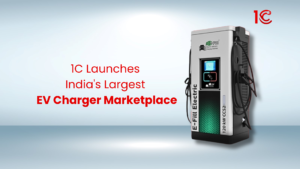
1C launches nation's largest EV charger marketplace, bringing chargers from renowned OEMs under a singlemplatform, offering convenience & options for EV owners.
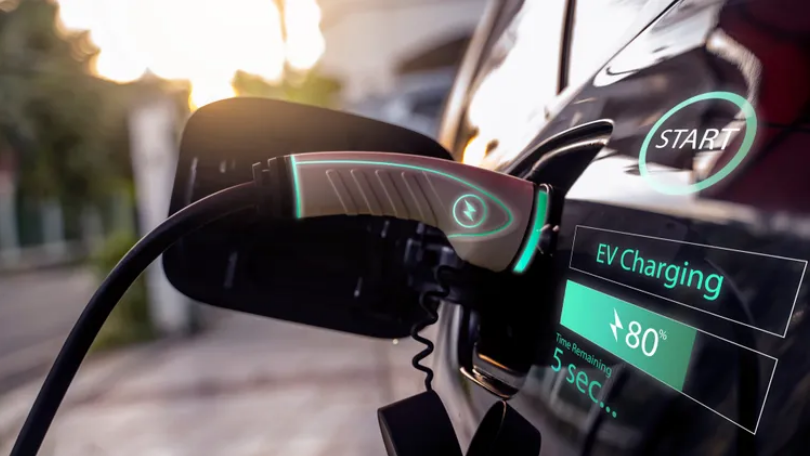
Have you ever wondered why keeping your electric vehicle’s battery between 20 – 80% is important? It’s not just a random number; the 80/20 rule is a smart way to maximise your EV’s performance. Simply put, the 20-80% rule advises maintaining an electric vehicle battery within the 20% to 80% charge range, promoting better battery longevity. Consider it as the battery’s green zone.
As the name suggests, the 20-80% battery rule means keeping your EV battery charged above 20% and up to 80%. This practice is important for two main reasons. First, charging efficiency is optimal within this range for minimising the slowdown in charging rates that occurs beyond 80%. Second, it helps mitigate stress on the battery to reduce wear and tear and promote longer battery life.
Battery Level | Pros | Cons |
When EV Battery is 80% |
|
|
When EV Battery is 90% |
|
|
When EV Battery is 100% |
|
|
1. Charging Efficiency: The 80/20 rule considers the charging characteristics of lithium-ion batteries. Charging up to 80% allows for efficient and fast EV charging, as charging rates slow down significantly beyond this point.
2. Reduced Heat Generation: Charging a battery to its full capacity generates more heat, which can contribute to accelerated degradation. By stopping at 80%, the heat generated during charging is minimised, promoting better long-term battery health.
3. Chemical Stress: Lithium-ion batteries undergo chemical stress during charging and discharging cycles. Avoiding extreme states, such as a full charge or deep discharge, as suggested by the 80/20 rule, helps mitigate this stress, resulting in slower capacity loss and extended battery life.
4. Buffer for Unforeseen Events: Operating an EV within the 80% charging range provides a buffer for unexpected events, allowing for a reliable power reserve. This ensures optimal performance during unforeseen trips or diversions without compromising overall battery health.
5. Efficient Energy Utilization: Lithium-ion batteries exhibit higher charging efficiency at lower and mid-range charge levels. Adhering to the 80/20 rule taps into this efficiency, optimising energy utilisation and potentially saving on charging costs.
6. Battery Health Monitoring: Consistently following the 80/20 rule provides valuable insights into the battery’s health. Regular monitoring and maintenance of charging levels allow for the early detection of any unusual behaviour or potential issues, facilitating timely intervention and support from the manufacturer.
80/20 rules has the following benefits that need to be understood for its science:
1. Decreased Wear and Tear: Following the 80/20 rule helps minimise stress on the EV battery by avoiding extreme full charges and deep discharges. This approach can lead to slower capacity loss and a prolonged battery lifespan.
2. Reliable Performance: Keeping your EV within the 80% charging range ensures a dependable buffer for unexpected trips or diversions. It provides a comfortable margin while sustaining battery health, offering peace of mind for daily commutes or longer journeys.
3. Improved Efficiency: Lithium-ion batteries tend to charge more efficiently at lower and mid-range levels. Adhering to the 80/20 rule allows you to leverage this efficiency, optimising your EV’s energy utilisation and potentially reducing charging costs.
4. Battery Health Awareness: By consciously adhering to the 80/20 rule, you gain valuable insights into your EV’s battery health. Regularly monitoring and maintaining charging levels can help detect any unusual behaviour or potential issues, facilitating timely maintenance or manufacturer support.
The 80/20 rule stands as a practical guide for improving the performance and longevity of electric vehicle batteries. By maintaining the battery within the 20% to 80% charge range, users can benefit from efficient charging, reduced wear and tear, and a reliable power reserve for unforeseen events. Embracing this rule not only promotes sustainable battery health but also contributes to a more reliable and cost-effective electric driving experience. As we navigate the ever-evolving landscape of electric vehicles, adhering to the 80/20 rule remains a key practice for informed and responsible battery management.
The 80% rule for EVs suggests that it’s often recommended to charge electric vehicle batteries up to 80% of their full capacity. This is because charging speeds significantly slow down beyond the 80% mark.
The 20-80 rule for charging refers to the practice of keeping the charging level of electric vehicle batteries between 20% and 80% of their full capacity. This approach is commonly recommended for optimal battery health and performance over the long term.
Keeping an electric vehicle’s battery pack between 30% and 80% of its full charge is commonly advised to maintain its State of Health or SoH.
Modern electric cars often have a control in the menu settings. It lets you pick the charge level, like 80%, and when you plug in the car, it stops charging once it reaches that level. Some chargers, both at home and in public, also provide this option.
Charging an electric vehicle has two reasons:
1C launches nation's largest EV charger marketplace, bringing chargers from renowned OEMs under a singlemplatform, offering convenience & options for EV owners.
Explore the surprisingly long history of electric vehicles. Start from 1830s with dawn of EVs, go through 1900s when electric cars dominated the roads, move through the 60s, when ICE rose to popularity, and cruise through the 21st century to understand the rebirth of electric vehicle in automobile industry.
Can you charge your EV to 80% in 10 minutes? Discover the truth about fast charging and how 1C helps you find verified stations. Stay informed & charge wisely!
Amidst EV evolution, the 1C app has emerged as a gamechanger, setting new standards in the market. But what makes it stand out in an increasingly crowded space?
1C EV Charging App can help EV owners in Delhi-NCR in planning road trips. It eliminates the uncertainty of long drives with EV, ensuring a smooth journey.
1C EV Charging App has taken a proactive approach to ensure that EV owners can access 100% verified charging stations whenever and wherever they need them.
Streamline your EV charging with the 1C EV Charging App: 1 app, 250+ verified chargers, real-time data, and a user-friendly experience. Download now!
Right EV charger for your vehicle is important to ensure good performance. Navigate via various types, and key factors to consider when choosing an EV charger.

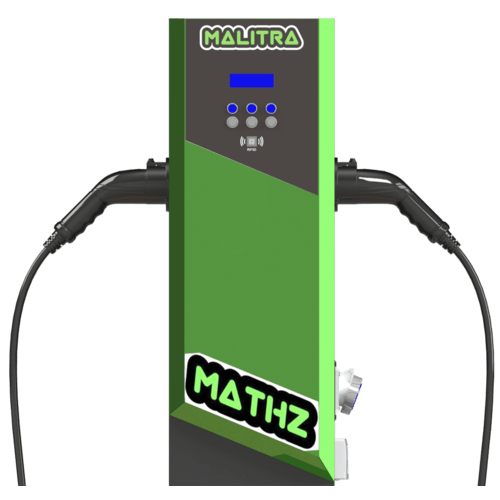

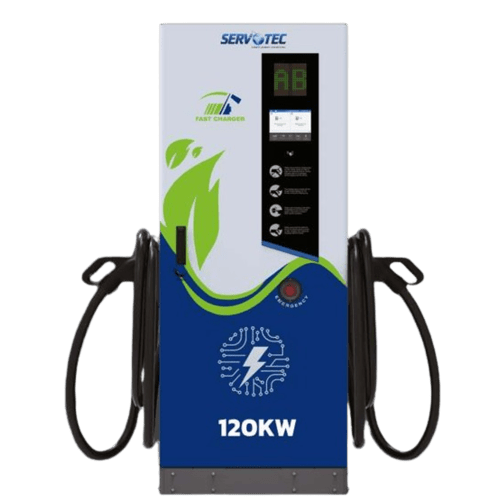
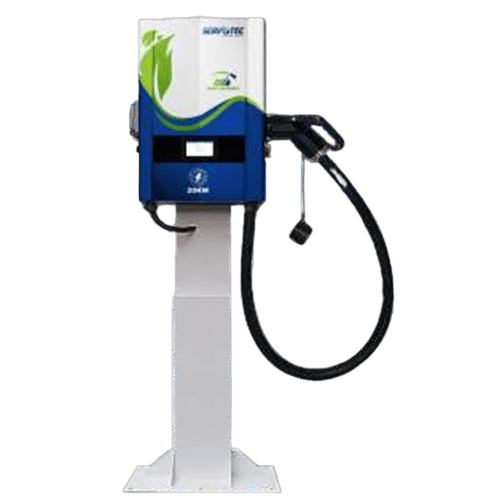
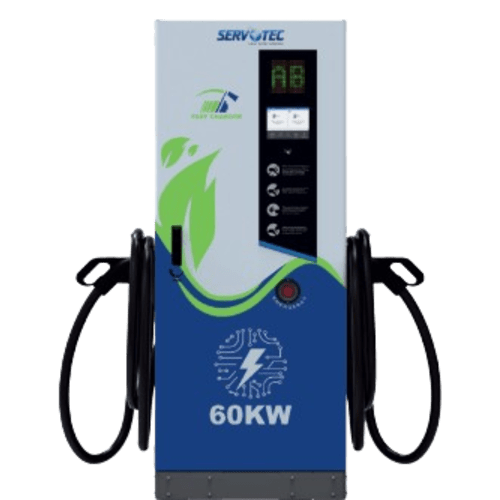
© 2024 Massive Mobility Private Limited. All rights Reserved